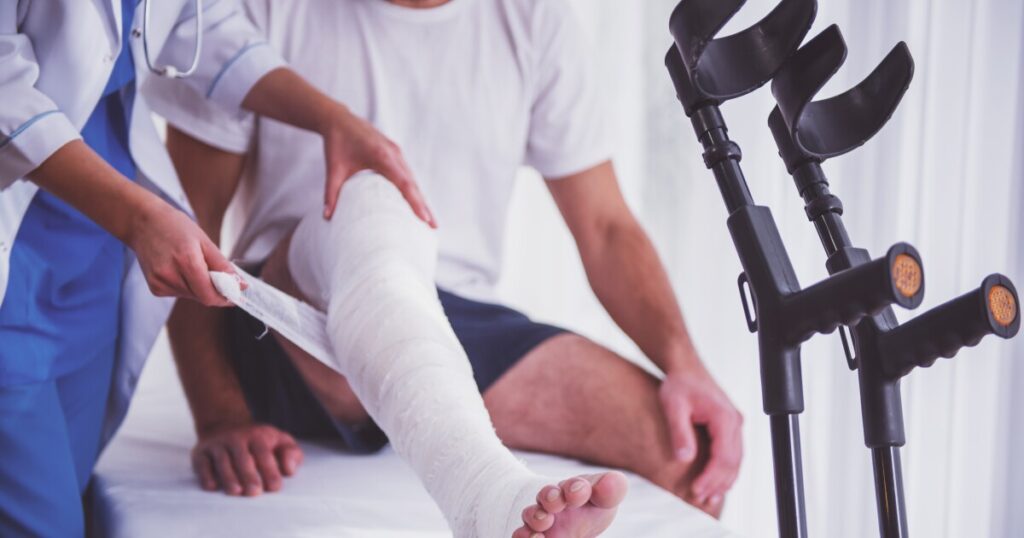Accident insurance: Not just for slips on banana peels

It can be challenging to understand all the benefits available in the workplace. And if you’re not an expert at group supplemental health insurance benefits, including accident, critical illness and hospital indemnity, you’re not alone. This paper, which is the first in a three-part series, will focus on accident insurance and provide helpful insights.
Accident insurance provides cash payments for injuries covered under a policy. The funds can be used to help cover expenditures such as deductibles, out-of-pocket medical costs or everyday living expenses. And in an economy where 63% of workers are unable to pay a $500 emergency expense, according to a report from SecureSave, having an additional lump sum to offset costs not covered by major medical, at a very cost-effective premium rate, can be a true game changer for employees.
Read more: Over 80% of employers plan on giving their benefits an upgrade in the next year
“Standard” accident insurance often covers items such as fractures, ER treatment, ambulance, dislocations, initial and follow-up doctor visits, and other minor injuries. Additional benefits can be added to a program, including pet boarding, dependent parent care, mental health support, multiple types of rehab therapy and many more.
Common accident insurance provisions include:
Benefit payout not dependent on income or participation in other employerinsurance offeringsNo health questions asked, coverage always guaranteedMultiple benefits available for any one accidentDependents eligible for same benefit amounts as employee
When an accident insurance claim is submitted, the amount paid depends on the number of benefits for which an individual qualifies, the care received, and the terms and conditions of the policy. Historically, outside of health and wellness claims, the majority of accident claims have come from items such as follow-up office visits, X-rays, emergency room treatment, diagnostic testing and fractures.
Accident insurance can make a difference
Now that we’ve covered the details, it’s time to make accident insurance relatable. As carriers have expanded their offerings to both anticipate and respond to market needs, many have added accident insurance riders covering items such as injuries sustained during organized sporting events.
Read more: AI startup gets funds to prevent widespread work accidents
And what is the fastest growing sport in America? You guessed it — pickleball, with data from the Association of Pickleball Professionals (APP) showing that 48.3 million Americans are now playing the sport. And, for a variety of reasons, it is a sport rife with injury. Perhaps surprising to many (including me), this is not a game dominated by early retirees. The average age of a pickleball player is 34.8 years with 70% of these players being between 18 and 44 years of age, according to the APP. And, also surprisingly, most pickleball players are men — with averages cited ranging from 62% for the avid player to 57% for the more casual player.
Perhaps not surprisingly, most of the pickleball injuries being seen in emergency
rooms are for those age 50 plus — accounting for 90.9% of injuries from a recent study of visits from 2013 to 2017. And these injuries trended towards strains and sprains at 28.7% and fractures at 27%.
Read more: Why employers should add child disability insurance to their benefits suite
These figures place the pickleball-playing demographic smack in the middle of working years and even when accounting for the slightly older age of those requiring emergency room treatment, pickleball may just become a key driver of accident claims moving forward — and a persuasive validation of the value of accident insurance for employees of all ages.
Today’s multiple-generation workforce exhibits a wide range of priorities, including mental wellness awareness, dependent caregiving and active lifestyles for themselves and their children, to name just a few. And there are a multitude of benefits within accident insurance to support them. A quick demographic analysis can help align needs and the types of accident insurance coverage best suited to employee populations, and provide an added layer of protection for individuals of all generations.







